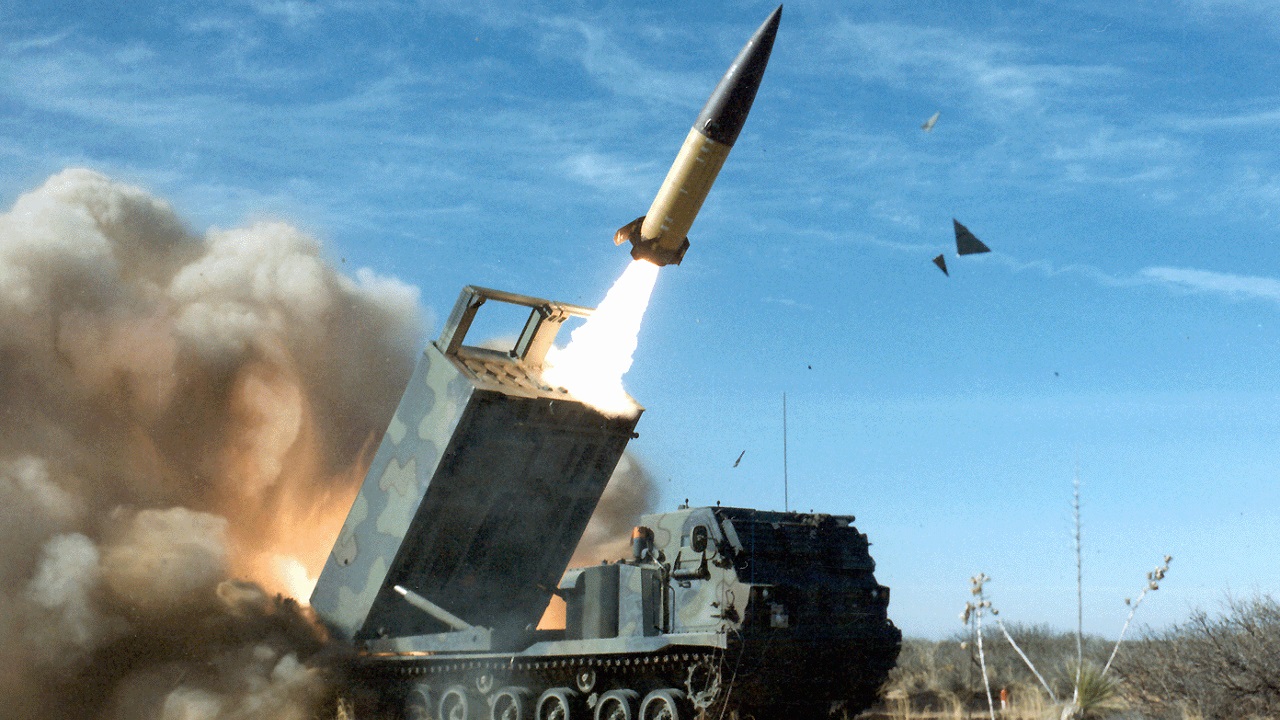Christian Orr

In the alphanumeric naming conventions for weapons systems, the label “M1” has been applied to more killer gizmos than you can shake a stick at, from the M1 Garand battle rifle to the M1 .30 Carbine to the M1 Thompson submachine gun (aka the “Tommy Gun”) to the M1 Abrams main battle tank.
However, one should not overlook another letter and number combo that’s also been applied to its fair share of combat-proven weapons: M39. As in the Smith & Wesson Model 39, the first traditional double-action (TDA) semiauto pistol to be adopted by a domestic U.S. law enforcement agency – that being Illinois State Police in 1967 – which has been used to terminate the criminal careers of quite a few dangerous felons. Then there’s the M39 autocannon, which was used on a goodly number of U.S. Air Force fighter aircraft from the early 1950s through the 1980s and immortalized in the song “F-5E” by Vietnam War fighter pilot turned professional musician Dick Jonas (Lt. Col, USAF, Ret.).
Now, thanks to the ongoing conflict in Ukraine, there’s one more addition to the list of killing machines bearing the M39 designation: the M39 missile.
The Basics
The news on the M39 missile’s lethal handiwork comes to us courtesy of Forbes’ staff writer David Axe: “I write about ships, planes, tanks, drones, missiles, and satellites” quoth his byline – in an October 22, 2023 article titled “Ukraine’s American-Made M39 Missiles May Have Wrecked 21 Russian Helicopters In A Single Operation.” To wit:
“The damage from Ukraine’s first-ever strike with American-supplied M39 missiles, targeting a pair of helicopter bases in Russian-occupied southern and eastern Ukraine, likely resulted in greater damage than even the Ukrainian defense ministry initially claimed. *Far* greater. The Ukrainians claimed the Oct. 17 attack, which reportedly saw three of the M39s strike airfields outside Berdyansk in southern Ukraine as well as in Luhansk Oblast in the east, destroyed nine Russian helicopters. In fact, the M39 raid put out of action 21 helicopters, according to an analysis of commercial satellite imagery by GeoConfirmed, an open-source intelligence practitioner on the social-media site formerly known as Twitter. ‘This is probably the biggest blow to the Russian air force since the beginning of the war,’ GeoConfirmed commented.”
Mr. Axe doesn’t specify in the above-quoted article which helicopter types were destroyed, but in article he penned five days prior, he mentions the Kamov Ka-52 (NATO reporting names “Alligator” and “Hokum-B”) and the infamous Mil Mi-24 (NATO reporting name “Hind”); moviegoers will recognize the latter gunship from films such as “Charlie Wilson’s War” and “Top Gun: Maverick,” whilst international thriller bookworms will remember it from Ken Follett’s bestselling novel “Lie Down With Lions.”
M39 Missile History and Specifications
Many of our readers might better recognize the M39 by its more publicized moniker: ATACMS, i.e., the MGM-140 Army Tactical Missile Systems. Initially designed in 1986 by the now defunct Ling-Temco-Vought (LTV) conglomerate – the same firm which produced the A-7 Corsair II attack aircraft – and entered into official operational service in 1991, the system is now manufactured by Lockheed Martin, whose official info page describes it as “a conventional surface-to-surface artillery weapon system capable of striking targets well beyond the range of existing Army cannons, rockets and other missiles. ATACMS missiles are fired from the HIMARS and MLRS M270 platforms.”
Specifications include a weight of 3,690 pounds, a length of 13 feet, a diameter of 24 inches, a wingspan of 55 inches, a max speed in excess of Mach 3, a range of 103 miles, a solid rocket motor, and a warhead wielding 950 submunitions.
Where to From Here?
Among other things, the Russo-Ukraine War (or “special military operation” as Vladimir Putin continues to insist on euphemistically terming it) has been an ongoing deadly game of back-and-forth technological one-upmanship. For instance, early in the war, Ukraine used the Turkish-made Bayraktar TB2 drones to devastating effect against Russian armor, until the Russians figured out a way to mitigate these UAVs, and now you hardly hear about them. Fast-forward to the first half of the current year, and Ukraine was making effective use of the Anglo-French-made Storm Shadow air-launched cruise missile (ALCM), but, assuming for argument’s sake that the Russian Defence Ministry is to be believed, apparently, the Russkies figured out a way to intercept the Storm Shadows.
All of this simply goes to show that no weapons system is invincible or infallible. Time will tell how long it will take Putin’s troops to figure out how to negate or mitigate the M39 … and how many more grievous losses they’ll incur in terms of manpower and materiel alike before they finally figure it out.
No comments:
Post a Comment